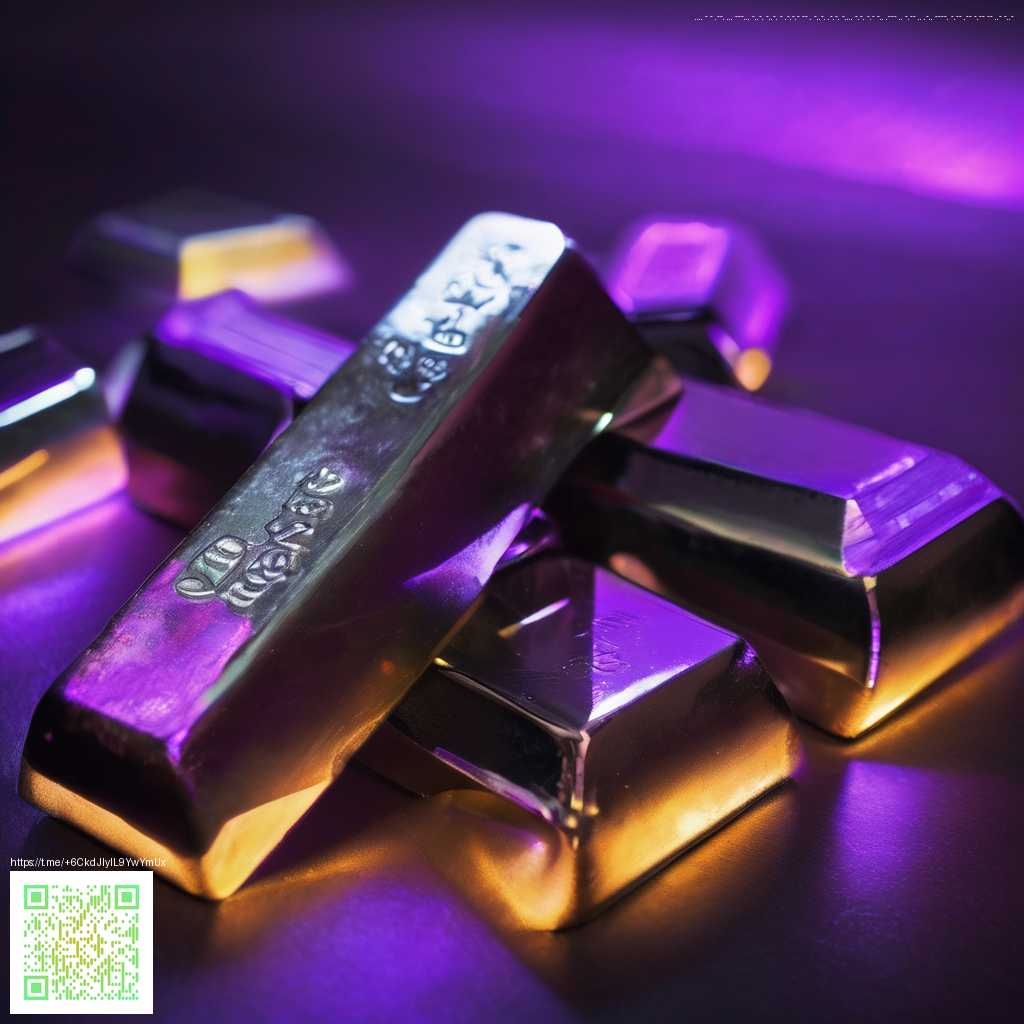
Overview: Digital Paper for 3D Mockups and Scene Creators
In the rapidly evolving world of 3D visualization, the surfaces you simulate can be just as important as the models themselves. Digital paper serves as a practical substrate for scene creators, offering realistic texture, color, and depth without the need for physical props. When you’re building a product shot, a showroom environment, or a brand-story scene, digital paper textures become the quiet anchors that keep lighting, reflections, and material responses believable.
Why digital paper matters in 3D environments
Even with fully digital assets, texture dictates how a surface interacts with light. A thoughtfully chosen digital paper texture can ground a scene, helping viewers read scale, materiality, and mood at a glance. For makers who prototype layouts, aerial views, or desk-top setups, digital paper acts as a flexible canvas—easy to tweak, swap, or tile as needed. This approach accelerates iteration while preserving a tactile sense of reality.
Texture is the storytelling layer of a render. When you layer the right paper-like texture, your models read as intentional, not accidental.
As a practical illustration, consider Neon Desk Mouse Pad, a customizable one-sided print that demonstrates how a flat surface can carry bold patterns and subtle grain. While this is a physical product, translating its print characteristics into a digital texture provides a useful blueprint for scene authors who want to test color, contrast, and edge behavior before committing to final renders. For additional context and inspiration, you can explore related concepts at this gallery page, which highlights how digital paper textures are used across varied scenes.
Practical workflow tips for scene creators
- Start with the right resolution. Treat digital paper textures like you would real paper: high enough resolution to stay crisp in close-ups, with seamless tiling if you plan to repeat patterns.
- Match lighting and color management. Calibrate your texture so that it responds to your scene’s lighting rig—HDRI environments, area lights, and IBL pulls out natural warmth or coolness in the paper surface.
- Consider PBR maps alongside base color. Base color sets the look, but roughness, normal, and ambient occlusion maps add depth, micro-scratches, and subtle topography that sell realism.
- Plan tiling and seams thoughtfully. If your scene uses a large desk surface or wallpaper-like panels, design patterns to minimize obvious seams or use procedural textures to reduce repetition.
- Iterate with quick renders. Use fast test renders to compare how different digital paper options interact with shadows, specular highlights, and object placement.
To implement a digital-paper approach in your pipeline, import high-quality textures into your preferred 3D software (Blender, Cinema 4D, Unreal, or Blender-based pipelines). Apply textures as the base color or as maps that drive roughness and normal data. Keep an eye on scale and tiling, and adjust your lighting to reveal surface nuances—this is where the texture earns its keep.
Workflow integration: a practical path forward
Start by defining a few print-inspired textures that reflect the kinds of scenes you routinely build—desk surfaces, tabletops, packaging, or environmental panels. Create a small library of digital paper textures with varied grain, sheen, and color bias. When you assemble a scene, layer these textures to establish the foundational mood, then add your models, props, and lighting on top. The result is a coherent, believable space where textures reinforce storytelling rather than distract from it.
For creators exploring texture experiments, a tangible test asset like the Neon Desk Mouse Pad demonstrates how a printed piece can guide your digital approach. Its visual language—bold patterning, smooth edges, and a defined shadow profile—helps you anticipate how related textures might behave in a 3D viewport. If you’d like to dive deeper into examples and methodology, check out the gallery linked above for more context.
Choosing the right digital paper for your scene creators toolkit
Consider factors such as the intended audience, the scale of your renders, and the lighting scenario you plan to use. If you’re delivering close-up product shots, prioritize higher resolution textures with detailed grain and micro-scratches. For environment studies or mood boards, slightly softer textures with subtle print patterns can convey atmosphere without overpowering the main subject. The goal is to use digital paper as a reliable, adjustable foundation that helps your 3D scenes communicate clearly and convincingly.